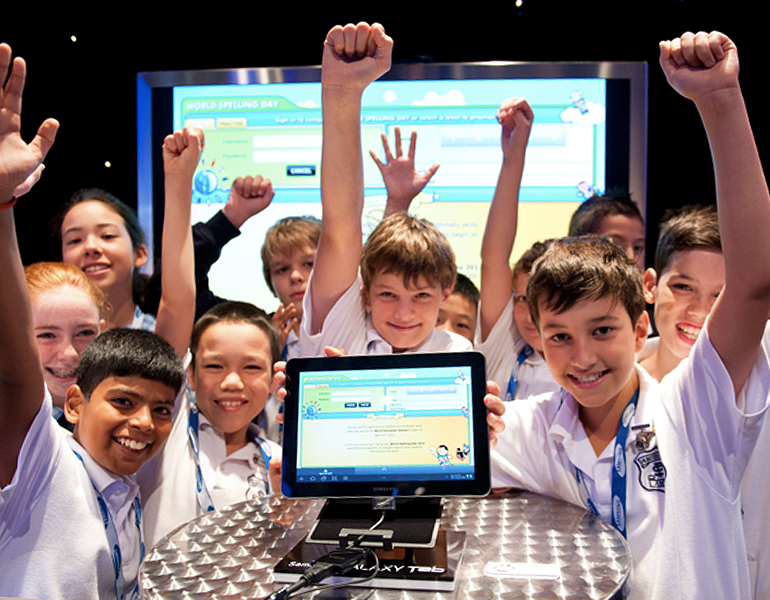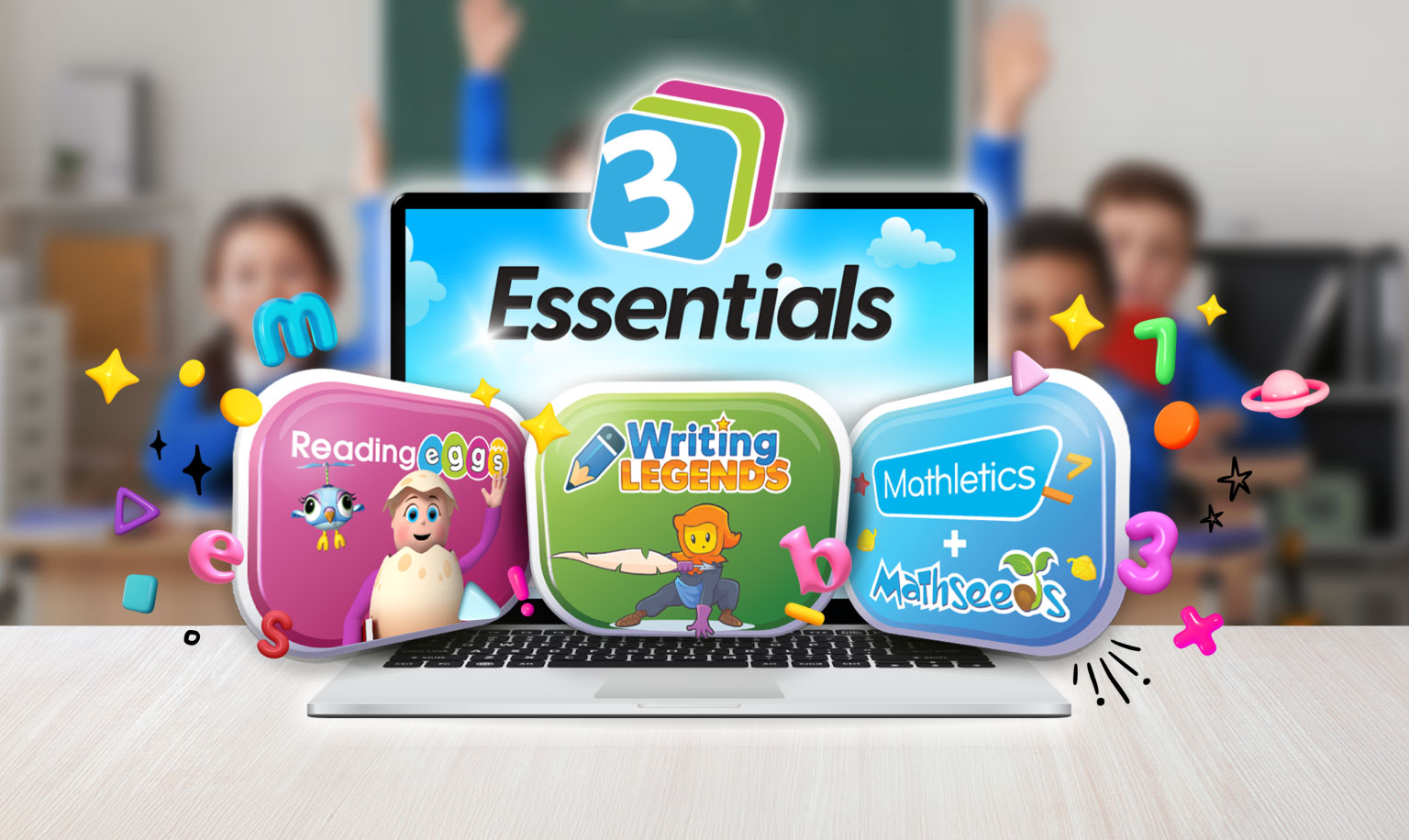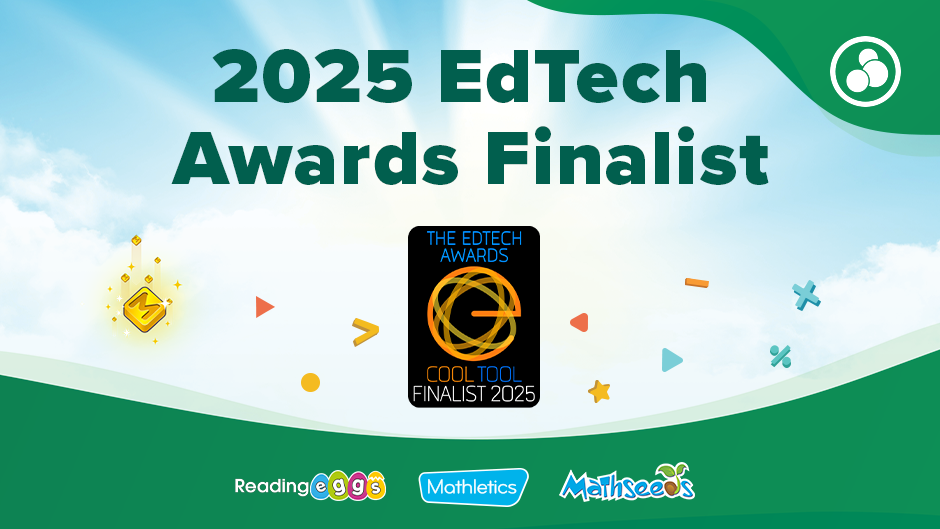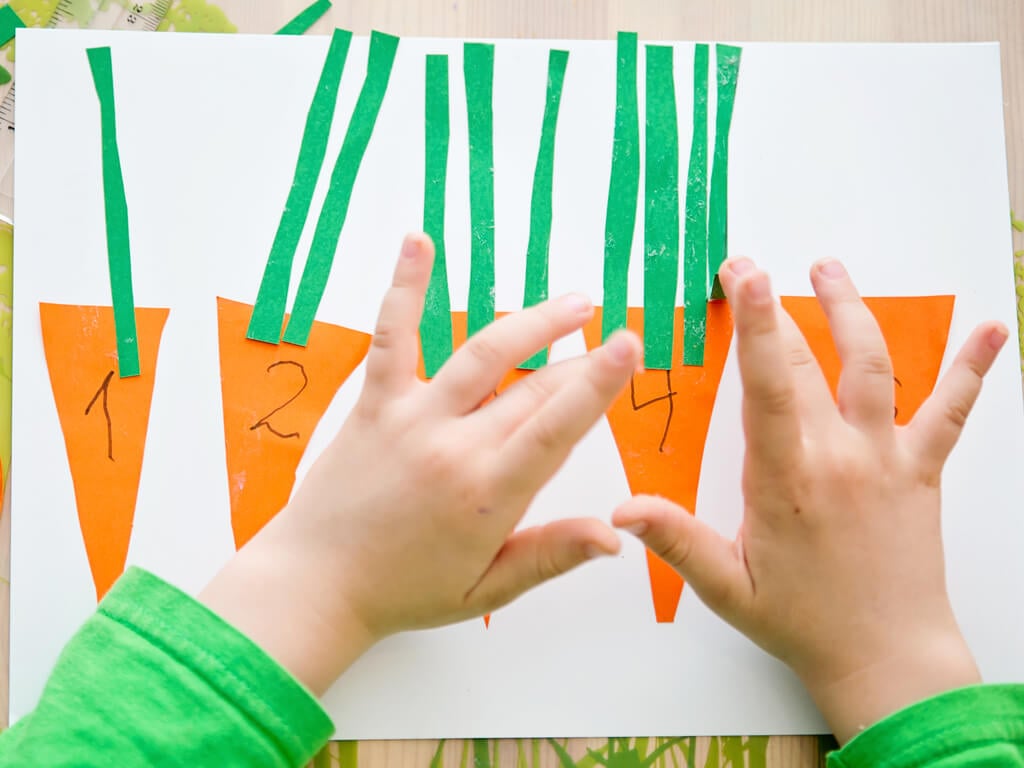
Looking for fun math activities that fill your classroom with number wonder? You’re in the right place.
We asked our global team of educators for 10 activities that never fail to get budding mathematicians buzzing.
We’ve broken them down here so you can get started ASAP.
Snail Races
This is a fun way for students to practice their fluency with addition facts up to 12. Students pick a snail numbered from 1–12, and roll dice to see which one moves toward the finish line.
- Give students some paper and have them draw and number 12 snails. Then, they draw 10 boxes next to each snail – leading toward a finish line (you can have less or more numbers depending on how long you want the game to be).
- Roll the dice and have students calculate the sum of the two numbers.
- Students who picked that number snail get to move their snail forward one spot. They can trace over the picture in the box to indicate this.
- Keep going and see which snail reaches the finish line first!
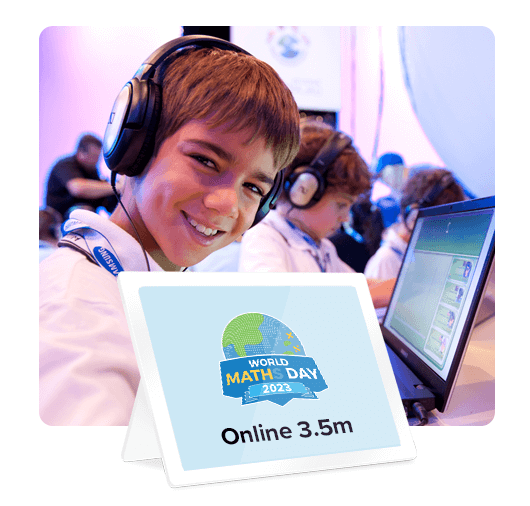
Join millions of students across the globe to celebrate World Maths Day!
Secret Number Quest
Sharpen your students’ number sense and place value knowledge by having them guess a two- or three-digit number.
- Pair up students and have them draw up a table with one column for ‘digits’ and the other one ‘place value’.
- Have one student choose a random two- or three-digit number. Make sure they keep it a secret from their partner!
- The partner then guesses what the number might be.
- With each guess, the student can tell their partner if they got a single digit correct. For example, if the number is 65 and the guess is 46, one digit is correct. They can then mark a 1 in the “digits” column of their sheet.
- If the guess has a correct digit, the student can also tell their partner whether they got the place value correct. In 65, the 6 has a place value of ten – so the guess of 46 means that a 0 goes in the place value column.
- Students keep guessing, getting closer and closer to the original number until they finally uncover the secret!
Tip: model this game first. It’s simple once students get the hang of it, but they might benefit from doing it as a class to begin with.
Picture Pie
This is a hands-on way of teaching fractions that will channel your students’ artistic flair!
- Cut circles out of colored card or a range of creative materials. It helps if you have a circle cutter, but you could also get students to draw circles with a compass or trace around a circular object.
- Fold these and then cut along the lines to create fractional portions. Show your students how to label the fractions as halves, quarters, and so on.
- Students create a picture by gluing the different portions of paper together on a separate sheet. See what they can come up with!
Tip: have advanced students start with a mixed number (e.g. 3 ¼). They have to see what they can create out of these pieces of paper by cutting them into smaller fractional portions. Don’t forget to have them label each piece with the correct fraction!
Pig
A Jeopardy!-style dice game to practice addition fact fluency. You’ll have students on their edge of their seats as they race to 100 points!
- Students take turns rolling a dice, adding up their results. They can keep rolling and racking up points for as long as they like, with the first person to reach 100 being the winner.
- But there is a catch. If they roll a 1, they score 0 points on that turn.
- Each turn, players have a choice. Do they take their points while they still have them, or keep rolling at the risk of losing them all?
Tip: you can use two dice and bump the score up to 500 if you want students to practice multiplication.
Target boards
Target boards are sheets of numbers, times, fractions, percentages – whatever mathematical property your students are learning. They’re a super versatile resource that can be used to develop fluency in almost any concept.
Create a target board alongside a set of questions, so students can select the correct answer(s) from the board. Depending on what’s on the board, you could ask:
- Which two numbers on the board give an answer of x when we add them?
- Which temperature is 6 degrees colder than y?
- Which fraction is equivalent to z?
- How many multiples of 4 can you find?
Tip: heighten the stakes by doing individual time trials or splitting the class in two and having the two groups compete against each other.
Math Mind Maps
This is a quick and simple way to help students see the connectivity between different mathematical operations.
Put a single number in the middle of the whiteboard and then have students see how many different sums and statements they can come up with leading to that number. These then form a mind map branching out from the central digit.
There are plenty of ways you can customize the activity. For example:
- Group students and have them compete to see how many sums they can generate.
- Have students put their own sums on the whiteboard, giving a number talk to explain their thinking.
- Double the number in the center and have students edit all the surrounding sums.
I Have… Who Has…
Another easy game to improve students’ fact fluency. Create a set of cards, each one containing a number and a ‘who has’ statement with an incomplete number sentence (e.g. “Who has 5 + 2”).
Make sure the cards sync up, so that the ‘who has’ statements will lead to a number on another student’s card.
- Give each student a random card and keep one for yourself.
- Read out the sum on your card: “Who has 10 + 7?”
- The student with 17 answers and reads out the sum on their card: “I have 17. Who has…”
- The student with that number reads theirs out, and so on. See how long students can go without breaking the chain!
Tip: this game also works well as an icebreaker. Each student can introduce themselves or provide a personal fact after reading out their number. Try it on the first day!
Bingo
This classic crowd pleaser can easily be adapted to focus on math skills. Make sure there’s a prize for the winner!
- Have students create their own bingo cards by filling a table with numbers or unsolved equations, depending on their ability. Just make sure the values only extend to 30, so they correspond with the numbers you draw out.
- Draw numbers 1–30 out of a box.
- Students circle each drawn number that appears on their card, calling “bingo!” when they’ve circled every number.
Random Number Generator
Using randomly drawn integers, students have to generate the biggest five-digit number they can. It’s a quick way of developing students’ understanding of place value, and one they can easily do on their own.
- Have students draw five adjoining boxes (depending on your students’ understanding of place value, they can do more or less). If students are new to the concept, it might help to label each box with its place value (tens, hundreds, thousands etc.) Now draw a random number from 1–9 out of a box or hat.
- Students have to decide which box they will write this number in. Where they put it will determine its place value, and they can’t remove it from a box once it’s been input.
- Do this five times and see who can produce the biggest number.
The game works because it forces students to make quick decisions about place value. For example, if a 5 comes up, students might be tempted to put it in the tens or hundreds column. But if no higher number comes up, they’ll regret not putting it in the tens of thousands!
Tip: combine the game with probability. Ask students to calculate the probability of getting a nine on the final draw, or two eights.
Which concept am I?
Asking students to explain math concepts in words is a powerful way of consolidating their understanding. That’s exactly what this activity does in a fun and engaging way.
- Split students into groups or play as a whole class
- Elect one student to sit beneath the whiteboard and write the name of a math concept above their head (e.g. multiplication). Make sure they don’t see it!
- The class then have to explain the concept to the student so they can guess it, without calling it by name. Add a timer to put the pressure on!
As students call out different explanations of the concept, they’ll start to process different ways of thinking about and understanding the concept. It also gives you an opportunity to check for understanding.
Tip: remember to put the focus on the strength of the explanations, not the student’s guesses. The pressure shouldn’t be on the student at the front, but on the peers who have to put a tricky concept into words to make it clear!
Looking for more ways to make math fun?
Check out our suite of online mathematics programs. They’re packed with engaging, curriculum-aligned activities that students can do at home and in class.
